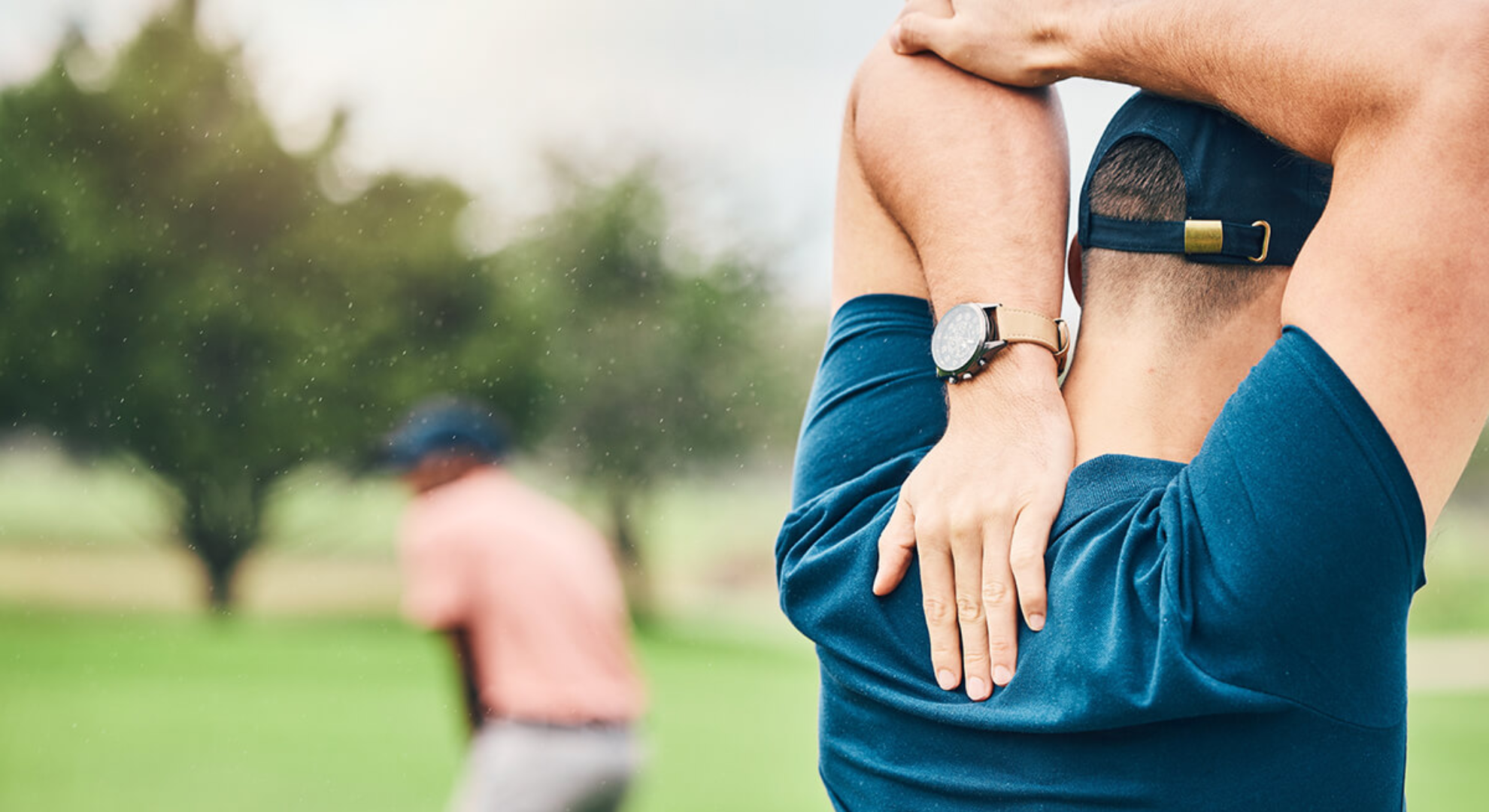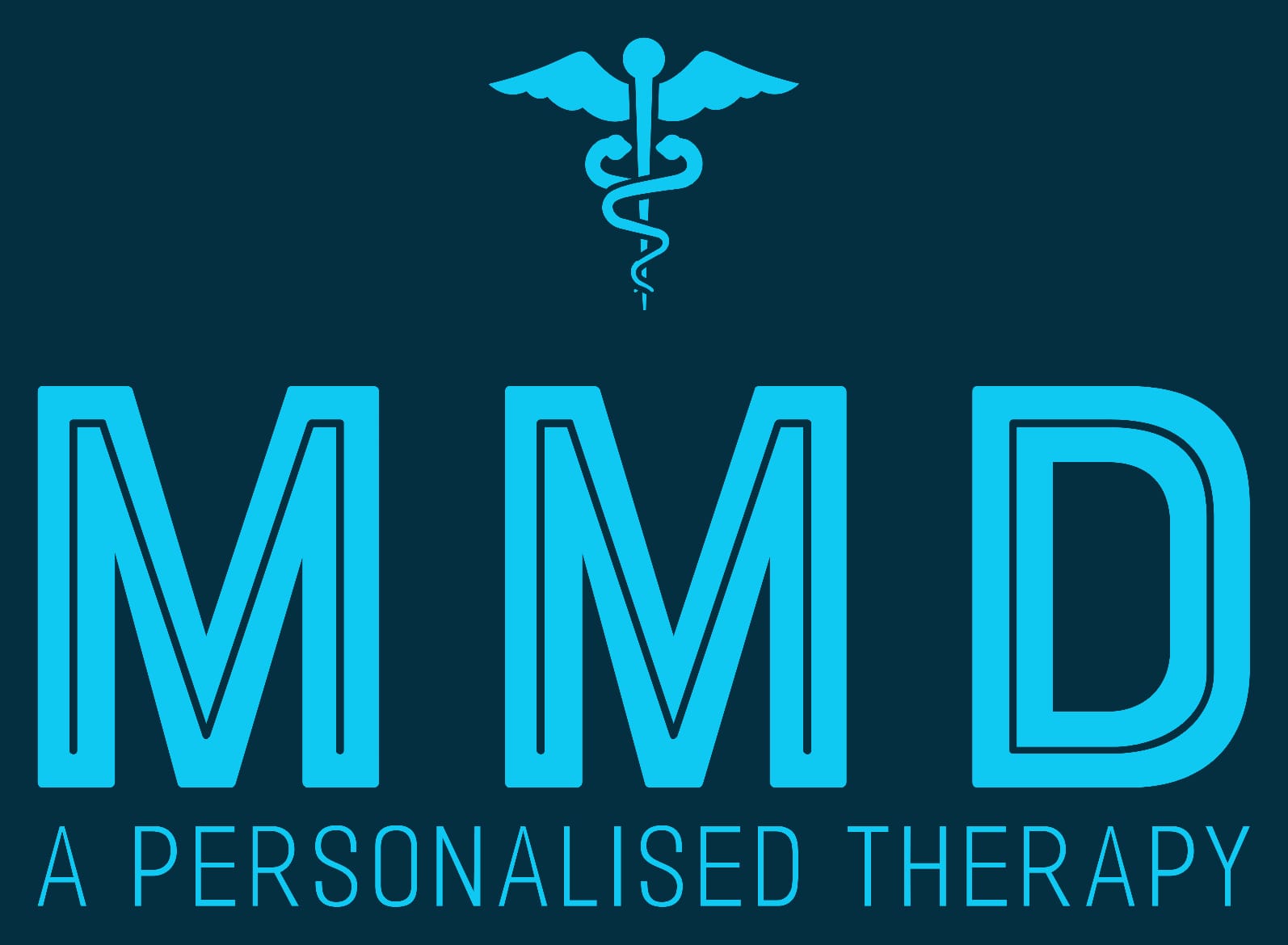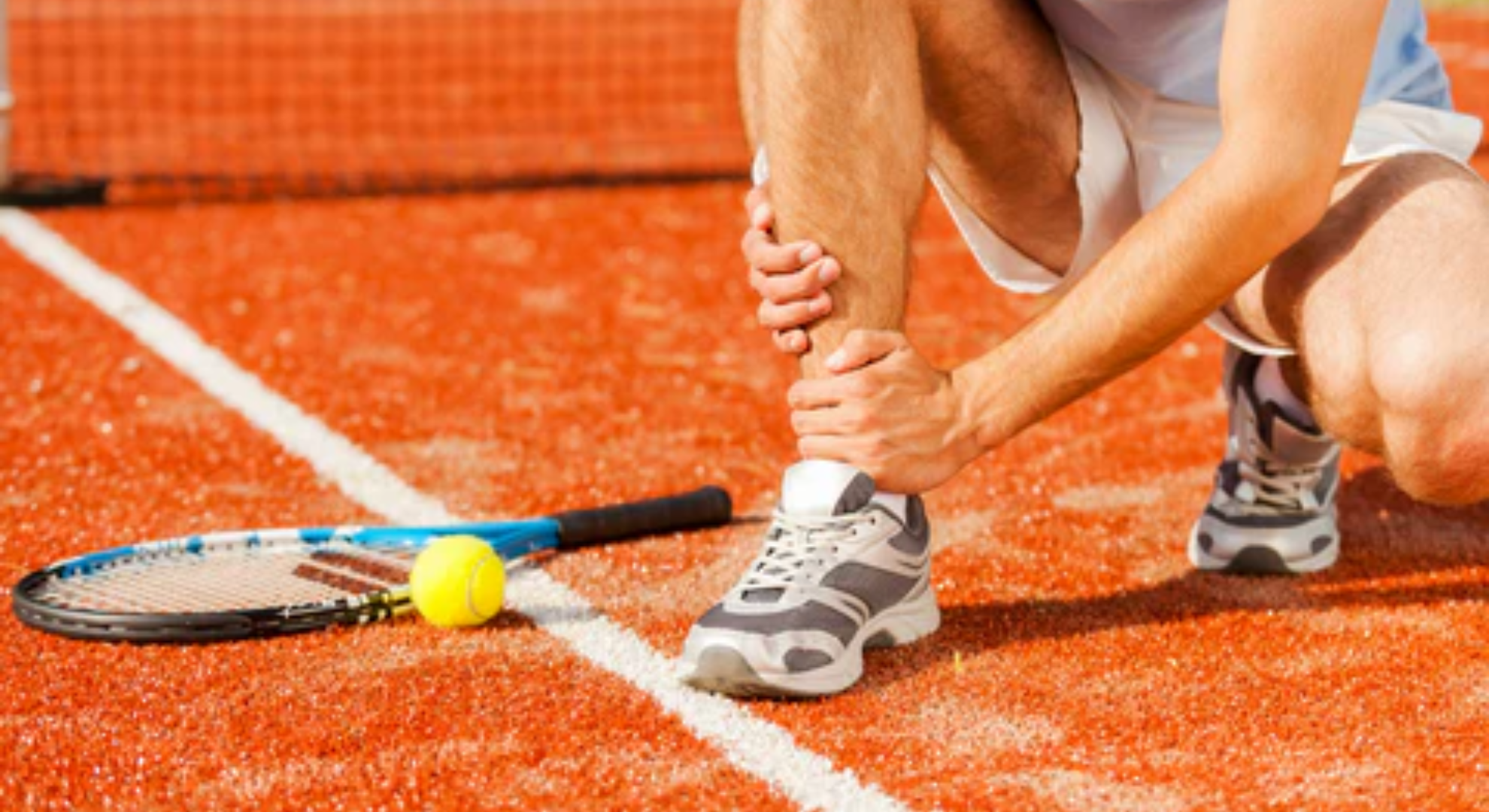Summer is the season to push harder, go further, and try new activities as there are longer days, warmer weather and renewed motivation. But with extra miles, longer hours on the bike or more lengths in the pool can increase the risk of injury. Especially, if you skip proper preparation and recovery.
Common Summer Sports Injuries
You might experience some of the following injuries while playing tennis, golf, baseball, or other popular summer sports:
- Sprains and Strains: Caused by sudden movements or overuse, these occur when ligaments, muscles, or tendons are stretched or torn.
- Fractures: Broken bones can happen from falls, collisions, or high-impact activities.
- Heat-Related Illnesses: Heat exhaustion and heat stroke are risks during hot weather.
- Tendinitis: Inflammation of the tendons, often in the shoulders, elbows, or knees, results from repetitive motions.
- Concussions: Mild traumatic brain injuries caused by blows to the head, common in contact sports.
Tips to Avoid Summer Sports Injuries
You need to prepare your body for exercise with a warm-up that helps to boost circulation and improve flexibility. A proper routine should include dynamic stretches and light aerobic activity. Cooling down with static stretches afterward helps gradually lower your heart rate and prevent muscle stiffness.
Stay Hydrated and Fuel Your Body Right
Dehydration is a major cause of summer sports injuries. When your body lacks fluids, muscles tire faster, coordination drops and the risk of overheating rises. Especially on hot and humid days you need to drink plenty of water before and after your exercise.
Proper nutrition is also a key to sustained performance. A balanced diet with protein, healthy fats, and carbohydrates gives your muscles the energy they need to perform and recover. Skipping meals or underfueling can cause weakness and slower reactions that will increase the risk of injuries.
Respect the Heat
When it’s hot, your body works harder to stay cool. This makes your muscles tire faster, raises your heart rate more quickly, and increases the risk of dehydration.
“I learned the hard way during a 28°C run,” says Niamh. “I didn’t slow my pace and ended up hobbling home with cramps. Now, I run a bit slower in the heat and drink more water and electrolytes.”
To stay safe, train early in the morning or late in the evening, and sip water throughout the day, not just when you feel thirsty.
Schedule Activities Wisely
Avoid training during peak heat hours, usually between 10 a.m. and 4 p.m. Timing is key for summer sports. Plan activities in the early morning or late evening when it’s cooler. If you must exercise during peak hours then take frequent breaks and rest in shaded areas to stay cool.
Don’t Forget to Warm Up & Cool Down
You may have heard about “cold muscles” versus “warm muscles” for performance and injury prevention. Cold muscles that are not properly warmed up can end up tighter, less flexible, and more prone to injury. Pulled hamstrings, groin strains, and Achilles injuries often happen because muscles are tight. That’s why a proper warm-up is essential before any sport if you haven’t played in months.

A good warm-up loosens muscles, raises heart rate, and increases body temperature, boosting athletic performance. It should last at least 10 minutes and include light aerobic activity (like jumping jacks) and dynamic stretches (like leg swings).
Cooling down is equally important. It helps your body gradually return to normal and prevents blood from pooling in your extremities, which can cause dizziness. A proper cool-down should last at least 5 minutes, including static stretches (like quad stretches) and light aerobic activity (like walking).
Regular stretching throughout the day also helps prevent injuries by keeping muscles loose and flexible. Many stretches can be done during downtime, such as in the morning or before bed.
Listen to Your Body
Dr. Brown says the most important tip for young athletes is: never ignore pain, even if you want to push through it.
Early catching of injuries becomes easier to treat. A minor injury left untreated can become a serious issue. What might have healed with rest and ice could end up needing surgery or even stop you from playing your sport.
Pain is your body’s warning sign. It can be hard to tell soreness from pain. Soreness usually goes away in 1–3 days. If the pain lasts longer you need to take a break and go to see a medical professional.
Wear Protective Gear
Many water sports carry inherent risks, which can be reduced by using proper safety equipment. Even if you are confident in your abilities, unexpected situations can arise anytime. You need to learn to use protective gear from the start so it will become a part of your daily activities. With unpredictable water conditions only skill cannot help to prevent injuries. You need to take proper measures like helmets, life jackets, shin guards, knee braces, and spray your legs to protect your body from injuries. Your gear must fit perfectly to offer proper protection.
Learn When to Stop
In the pursuit of water sports goals, many athletes push their muscles too hard. Fatigued and stiffed muscles get injured more easily than others. You should learn your limits and avoid overextending yourself. Take breaks to allow your body to recover faster, so you can continue training or enjoy your time in the water safely.
Use Proper Equipment
Using the correct technique in any sport is essential to prevent injuries. Performing movements properly reduces stress on your joints and muscles, helping avoid overuse injuries.
For example, in football, proper tackling technique can prevent shoulder injuries. In basketball, correct shooting form can protect your wrists and elbows. If you’re unsure about the right technique, consult your coach or a sports medicine specialist. They can guide you to train safely and reduce injury risk.
Practice Good Technique
Learning and maintaining proper technique for your sport helps prevent injuries from incorrect movements. This is especially important for activities with repetitive motions, like swimming. Refining your swim stroke can reduce the risk of overuse injuries in the shoulders and knees.
Take Rest Days
Rest is an essential part of any training plan. Your body needs time to recover that will help to prevent overuse injuries. It also helps to keep you performing at your peak. You should schedule rest days and pay attention to your body’s signals for downtime. Rest doesn’t mean total inactivity. You can continue light activities like walking or stretching that are beneficial for your body. Physical therapy can provide additional guidance and you can also go for therapy if required.
Avoid Drinking Alcohol
Some people think a few drinks make water sports more fun. In reality, alcohol impairs judgment, reduces focus, and affects coordination. All of these factors increase the risk of serious injury or worse. Avoid alcohol the night before your water sports activity, as hangovers can have similar negative effects.
Conclusion
Staying active during the summer is rewarding, but it also comes with increased risk of injury. By respecting the heat, warming up and cooling down properly, listening to your body, and following proper technique, you can enjoy your favorite sports safely. Pair these practices with strength training, hydration, and professional guidance when needed, and you’ll set yourself up for a fun, injury-free season.
Reference: https://www.bodyset.co.uk/blog/physio-tips-to-avoid-summer-sports-injuries/





